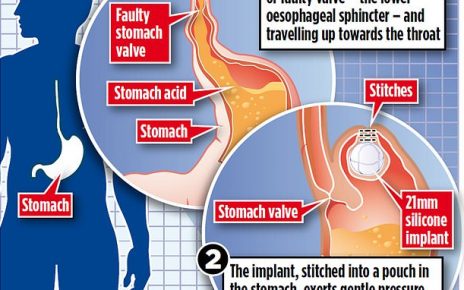Ribosomes, the essential machinery used for protein synthesis is recycled after each one round of translation. An enzyme called ABCE1 is responsible for this process and turns out to be remarkably plastic as Ludwig-Maximilians-Universitaet (LMU) in Munich biophysicists report.
Ribosomes translate the genetic information, which is first transcribed into messenger RNAs by polymerases, into the corresponding sequences of amino acids that define the structure and function of specific cellular proteins. Ribosomes are therefore indispensable for maintenance and specialized functions of all cell types. They bind sequentially to individual mRNAs and progressively decode their nucleotide sequences. When a ribosome has reached the end of an mRNA or becomes stalled along the way for one reason or another, it must be actively released, i.e., recycled to enable binding to another mRNA for a new round of synthesis. In all organisms (except bacteria), the highly conserved protein enzyme ABCE1 conducts these essential recycling processes, which involves the dissociation of the two ribosomal subunits. Using a biophysical method based on the fluorescence resonance transfer (FRET), which allows one to measure distances between specific amino acids in a protein even dynamically, Ludwig-Maximilians-Universitaet (LMU) in Munich biophysicist Thorben Cordes, together with Robert Tampé (Frankfurt University) and researchers at the University of Groningen (Netherlands), has now shown that ABCE1 adopts a surprisingly wide range of structural conformations during the course of ribosome recycling. The new findings appear in the journal Cell Reports.
ABCE1 is an ATPase, i.e., an enzyme that catalyzes the conversion of the energy-rich molecule ATP (with three phosphates) into ADP (with two phosphates), and it uses the released energy to split the ribosome into its two constituent subunits. “Recent structural and functional data have shown that dissociation of the ribosome requires conformational changes — how ATP and Ribosome binding were, however, coupled to structural change was unclear. But exactly this is essential for the diverse functions of ABCE1,” Cordes explains. He and his team have used an integrative biophysical approach — including the single-molecule FRET method — to characterize the conformational dynamics of ABCE1.
The results revealed that each of the two ATP binding sites in ABCE1 can adopt not just two, but three conformational states — open, intermediate and closed — which are always in a dynamic equilibrium. The interaction of ABCE1 with the both ribosome and ATP alters the structural dynamics of the two ATP-binding sites, and this results in a complex set of distinct states and state transitions, in which ribosome and ATP shift the equilibrium into the direction of the closed conformation. “We believe that the different conformations play functionally distinct roles, not only in the dissociation of the ribosome, but also in the other functions mediated by ABCE1,” Cordes says.
Source: Read Full Article



